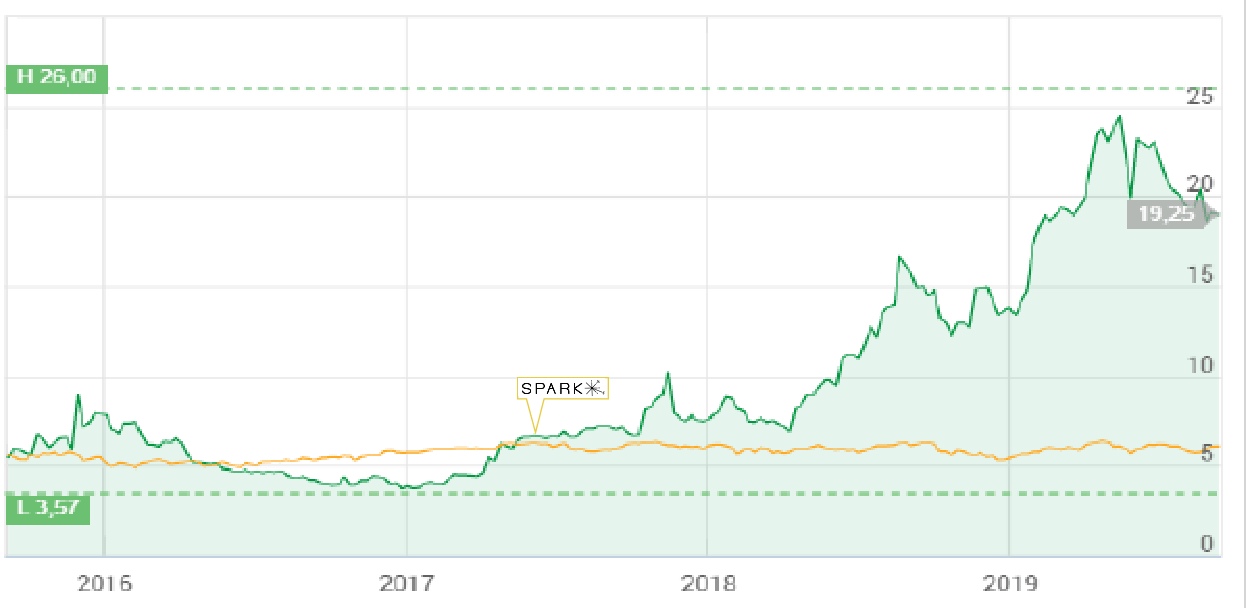Telecoms spin-out establishes technology direction
The challenge
The company in question was a management buy-out from a mid-sized telcoms company that had a broad product offering in the last-mile of the network.
A small group of 15 people spun-out of the telcoms company, selling one of the legacy products while they were building their next generation product. The team was comprised of management, sales, and engineering resources distributed between Sweden, China, and a small group in India.
The team was very enthusiastic to be on their own and building their new product, yet the next gen development hit multiple, difficult complications. The product was designed around a newly released chipset from a U.S. supplier – a supplier who was experiencing challenging technical issues and was therefore over 6 months late on delivery of the order. The distribution of engineering resources over 3 geographical regions also presented scheduling challenges as well as difficulties in managing workstreams.
The next gen features were constantly changing and being reprioritized due to an underdeveloped product strategy and lack of experience in the core section of the network. In addition, one of the giants in the telcoms equipment industry had already released a similar product, whereas this spin-out company’s release date was projected to take at least another 18 months.
The situation would be extremely challenging – for any CEO.
The company’s chairman called Spark to support the CEO by providing experienced hands to help push through all the roadblocks, establish internal goals, and help accelerate the company’s development.
The Spark Engagement
Spark started the engagement with an assessment to determine the full scope and depth of the challenges facing the company. The management team was very open to our involvement and together we established the status of the company’s challenges, built a plan to get their situation straightened out and set clear goals for the company.
Deliverables
Spark was engaged with the company for five months before handing over the working tasks to the management team to complete.
STRATEGY
The first activity Spark and the management team undertook was to dive into strategy work. Spark started with workshops to define the company’s strategy and how they would achieve their goals.
Secondly – and most critically important – we defined the product strategy and the desired position in the network and market, which fed into the product roadmaps.
OPERATIONAL EXCELLENCE
Once we had defined the product and desired roadmaps, we embarked on the daunting task of re-organizing the design work between the engineering groups in Sweden, India, and China. The Next Gen delivery was over 18 months late and a credible release date was not in sight.
A central project leader was employed to ensure accurate, high quality deliveries and discipline in prioritization of work. Secondary engineering resources were added in India to enable efficiency and speed.
PRODUCT MANAGEMENT
Deep dive analysis of the competition in the telcom’s network was completed and the desired position of the company was defined. Multiple strategy sessions were conducted to establish positioning.
A solid, credible roadmap was built and used as a central, guiding tool within the company. Prioritization of features was simplified, with less internal debate occurring due to the existence of a committed roadmap. Different types of pricing structures were reviewed and analyzed – giving the team options to work with and test before the next generation product was launched.
Product Management coaching also assisted the product manager, providing key insights into his next steps in leading his team towards product success in the future.
The ReSULTS
The following are the results of Spark’s work with the management team:
- Re-established clear direction for the company with set goals
- Created clear, executable strategy for the product, developing internal and external roadmaps
- Conducted a deeper and more thorough competitive analysis
- Developed new pricing strategy
- Created a final product release plan, providing the company with a forecast and estimates of revenue growth
- Re-organized and redistributed design work between the engineering groups in Sweden, India, and China. Established a clear development and release schedule, enabled by assigned resources and structured leadership
- Redefined roles and responsibilities in the transformation process, allowing each team member to strengthen their role and contribute at a higher level. Teams worked more efficiently with lower stress levels

